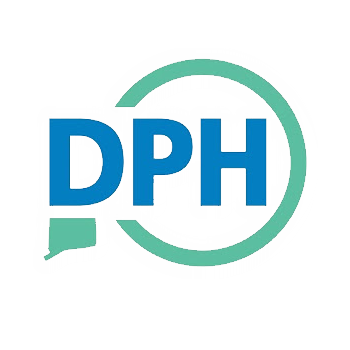The Maternal and Child Health Bureau (MCHB) 
The MCHB is the principal focus within HRSA for all Maternal and Child Health (MCH) activities within the Department of Health and Human Services. MCHB’s mission is to provide national leadership through working in partnership with States, communities, public/private partners, and families, to strengthen the MCH infrastructure, and to build knowledge and human resources. Its mission also includes ensuring continued improvement in the health, safety, and well-being of the MCH population. To achieve its mission, MCHB directs resources towards a combination of direct health care services, enabling services, population-based services, and infrastructure or resource-building activities.
Maternal and Child Health Services Block Grant (Title V)
Enacted in 1935 as a part of the Social Security Act, the Title V Maternal and Child Health Program is the Nation’s oldest Federal-State partnership. For over 75 years, the Federal Title V Maternal and Child Health program has provided a foundation for ensuring the health of the Nation’s mothers, women, children and youth, including children and youth with special health care needs, and their families. Title V converted to a Block Grant Program in 1981.
Each year, all States are required to submit an Application and Annual Report for Federal funds for their MCH programs to the MCHB in the Health Resources and Services Administration (HRSA).
The purpose of the Title V MCH Services Block Grant Program is to create Federal/State partnerships in all 50 States and 9 Jurisdictions to develop service systems to meet MCH challenges. Title V has played a lead role in improving MCH outcomes in the States, which includes assuring universal newborn screening and timely follow-up, reducing infant mortality, and preventing child deaths and injuries. MCH Block Grant-funded programs also work to increase access to quality care, provide prenatal and postnatal care, increase the number of children who receive health assessments and follow-up diagnostic and treatment services, and implement systems of coordinated care for children with special health care needs (CSHCN.)
The aims of the MCH Block Grant Services transformation were threefold – reduce burden, maintain flexibility and increase accountability.
Reductions in State burden will be achieved by aligning and streamlining the narrative Five-Year Needs Assessment and Application/Annual Report reporting, halving the number of required reporting forms and limiting the required data reporting elements to measures of a State’s performance in key MCH priority areas or legislatively-required programmatic and financial information. Rather than require States to collect and report their own data, the MCHB will prepopulate the Application/Annual Report with available State-specific data using national data sources. This support will not only reduce the data collection and reporting burden on States, but data standardization in the Title V program will be improved.
Maintenance of State flexibility in how States use their Title V MCH Block Grant funds to address the unique needs and priorities of their MCH populations remains a program priority. This flexibility ultimately serves to drive MCH improvements and innovations across all 59 States and jurisdictions. Based on the logic model presented in the 2015 Application/Annual Report Guidance, the MCH priority needs that a State identifies through its Congressionally-mandated Five-Year Needs Assessment are expected to inform the development of the State’s five-year Action Plan. Included in this process will be the State’s selection of eight National Performance Measures (NPMs) and the establishment of Evidence-Based or –Informed Strategy Measures (ESMs) to address them. In addition, the State will establish 3-5 State Performance Measures (SPMS) to address their identified MCH priority needs to the extent that they are not being addressed through the NPMs and ESMs.
Increases in program accountability will largely be driven by the development of a new three-tiered performance framework. This framework is intended to help States in providing more focused reporting on their Title V program activities in the yearly MCH Block Grant Application/Annual Report and the impacts that have been achieved relative to the State’s MCH population and its identified priority areas. Financial accountability will be improved through the separate reporting of Federal and State Title V program budget and expenditures. In addition, States will provide greater clarity in distinguishing between reimbursable direct services, non-reimbursable primary and preventive services and public health services.
MCHBG Five-Year Needs Assessment
The Title V legislation requires each State to conduct a Statewide Needs Assessment every five years. In reporting on the process and findings from the 2015 Needs Assessment, States are required to submit a Needs Assessment Summary as part of the Application/Annual Report.
MCHBG Five- Year Needs Assessment Data Report

